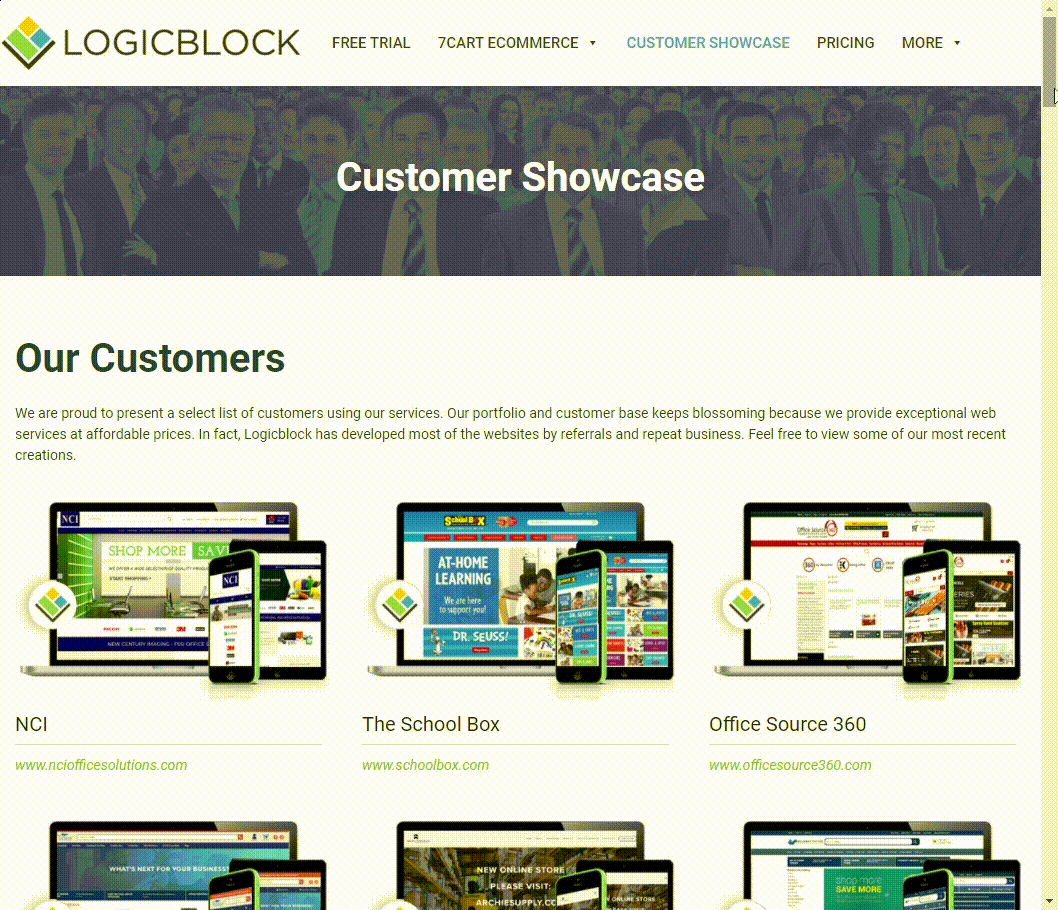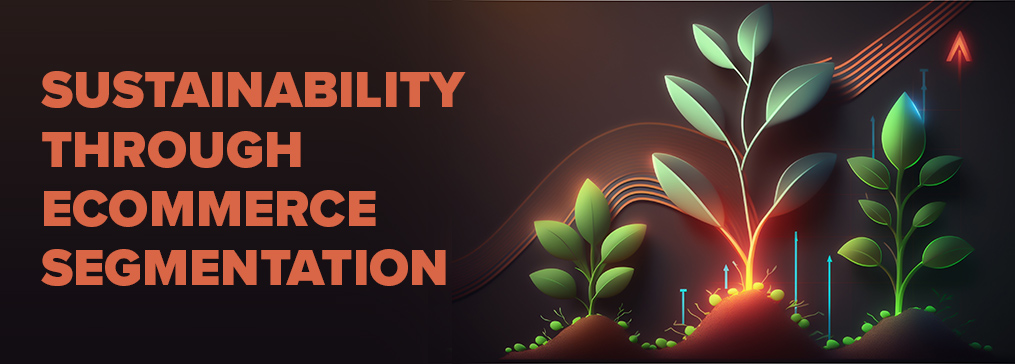Catalog segmentation has become an increasingly important tool for online stores looking to promote sustainability and create a more enjoyable customer experience. By dividing products into categories and giving customers the ability to browse according to their interests and values, catalog segmentation can help online stores reach out to customers who care about sustainability while also increasing sales. Let’s explore how Logicblock makes smart catalog segmentation a win-win for both sustainability and sales.
Segmenting Catalogs for Sustainability

Logicblock’s powerful SEO capabilities drove customers to your site; now use segmentation to keep them there! Segmentation helps customers find sustainable products by making it easier for them to navigate through the wide array of high-quality products and options available in your online store.
Consider segmenting products by sustainability criteria, such as:
- Products Made from Sustainable Materials
- Compostable Products
- Fair Trade Practices
- Ethical Sourcing
Get Specific
It isn’t enough to lump all your “green” options together. Segmentation helps customers find sustainable products that are relevant to their specific needs and interests.
For example, a customer who is interested in sustainable fashion may prefer to shop for clothing made from organic cotton, recycled materials, or sustainably sourced textiles.
Meanwhile, a customer interested in sustainable home products may be looking for energy-efficient features.
By segmenting products based on these preferences, customers can quickly find the products that are most relevant to their needs.
Making informed, sustainable purchasing decisions is more important than ever, and the clever application of product and catalog segmentation makes smart buying as easy as possible for your customers.
Segmenting Catalogs for Customer Experience

Segmenting catalogs improves the user experience while shopping in your online store in several ways, leading to higher customer satisfaction, loyalty, and sales.
Easy Navigation
Customers can easily find what they are looking for by categorizing products into categories and subcategories. By providing a clear and concise catalog structure, users can quickly navigate to the product they want to purchase. Segmenting also provides customers with similar or related products they may not know they need. In this way, segmentation acts almost as a breadcrumb trail leading customers to where they want to be.
Personalization
By categorizing products based on customer interests or preferences, your online store can recommend products that are relevant to the customer. This improves the likelihood of a purchase, as well as increased customer loyalty. Identifying and targeting customers based on previous searches and purchases is all possible thanks to catalog segmentation.
Filtering
Segmenting catalogs puts customers in control, allowing them to finetune their search and filter products based on specific criteria such as price, color, size, etc. This saves the customer time and effort in finding the exact product they want to purchase.
Discovery
Segmentation can also help customers discover new sustainable products that they may not have been aware of before. This can help to raise awareness and generate interest in sustainable products among a wider audience.
Don’t Just Talk the Talk, Walk the Walk

Helping your customers quickly and easily find products made with sustainability in mind is an important first step. Showcasing your own sustainability practices in your social media accounts is a great way to celebrate your good works while also holding yourself accountable. By sharing your efforts towards sustainable business practices, you not only contribute to the larger goal of protecting the planet, but you also create a positive reputation for your brand.
Here are two hot ideas for simple sustainability we think would make a big splash on social media.
Solar Panel Installation
Installing solar panels on the roof is an increasingly popular way for businesses to incorporate sustainability into their daily operations. Renewable energy sources, such as solar, wind, or hydroelectric power, have become increasingly accessible and affordable in recent years. By powering your business with renewable energy, you reduce your carbon footprint and help reduce the reliance on non-renewable sources.
Imagine a series of TikTok videos chronicling the installation of your new solar panels coupled with regular check-ins on how much energy your office is generating, and how much money you are saving!
Office Composting
Collecting organic waste and using it to create compost is one of the most direct ways you can act sustainably and with almost zero preparation needed. All you need is a compost bag and receptacle. Before long, you’ll have nutrient rich compost for all the office plants. Document the process from beginning to end, featuring the friendly faces of your office enjoying nature inside and outside of your building!


